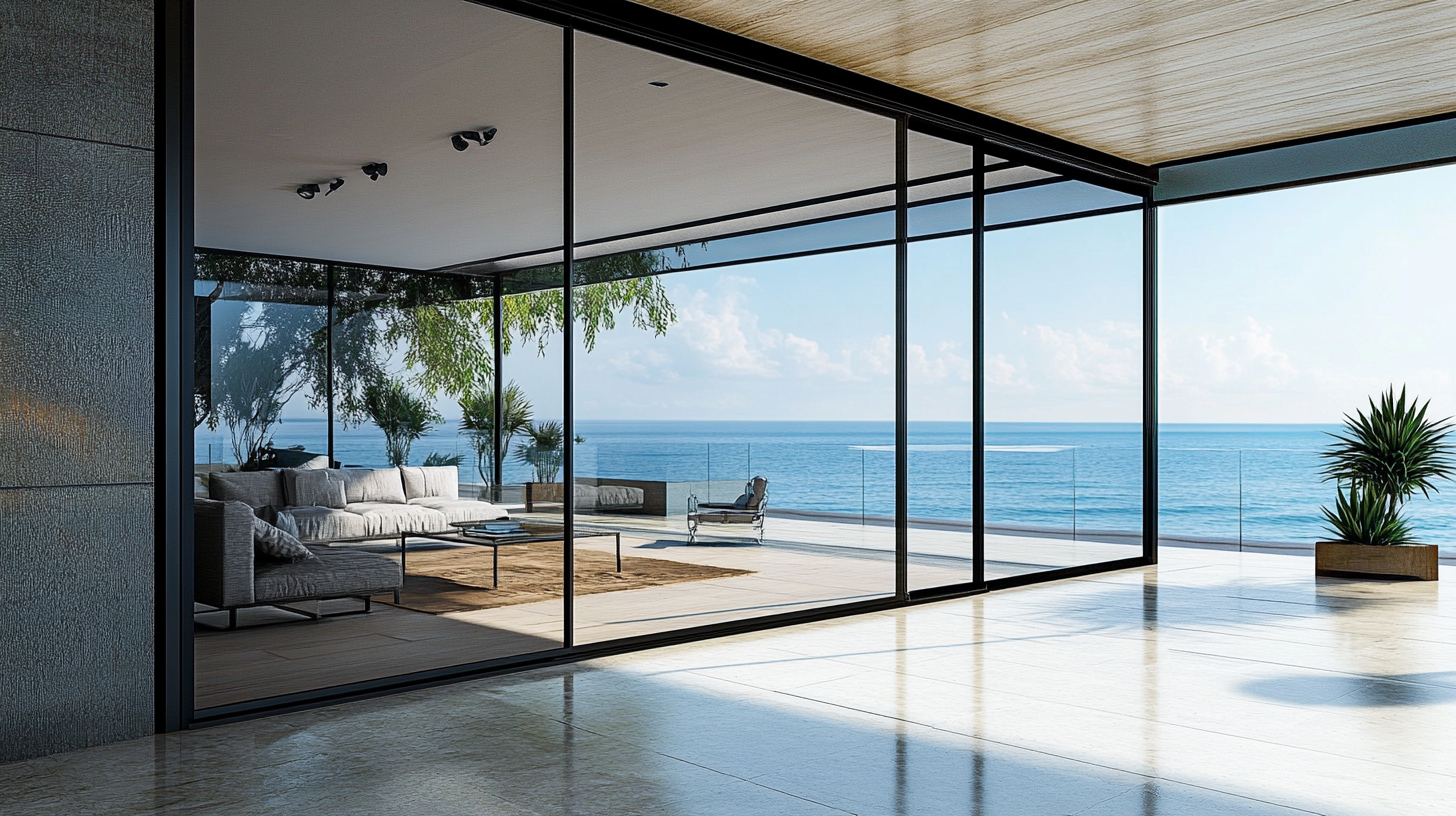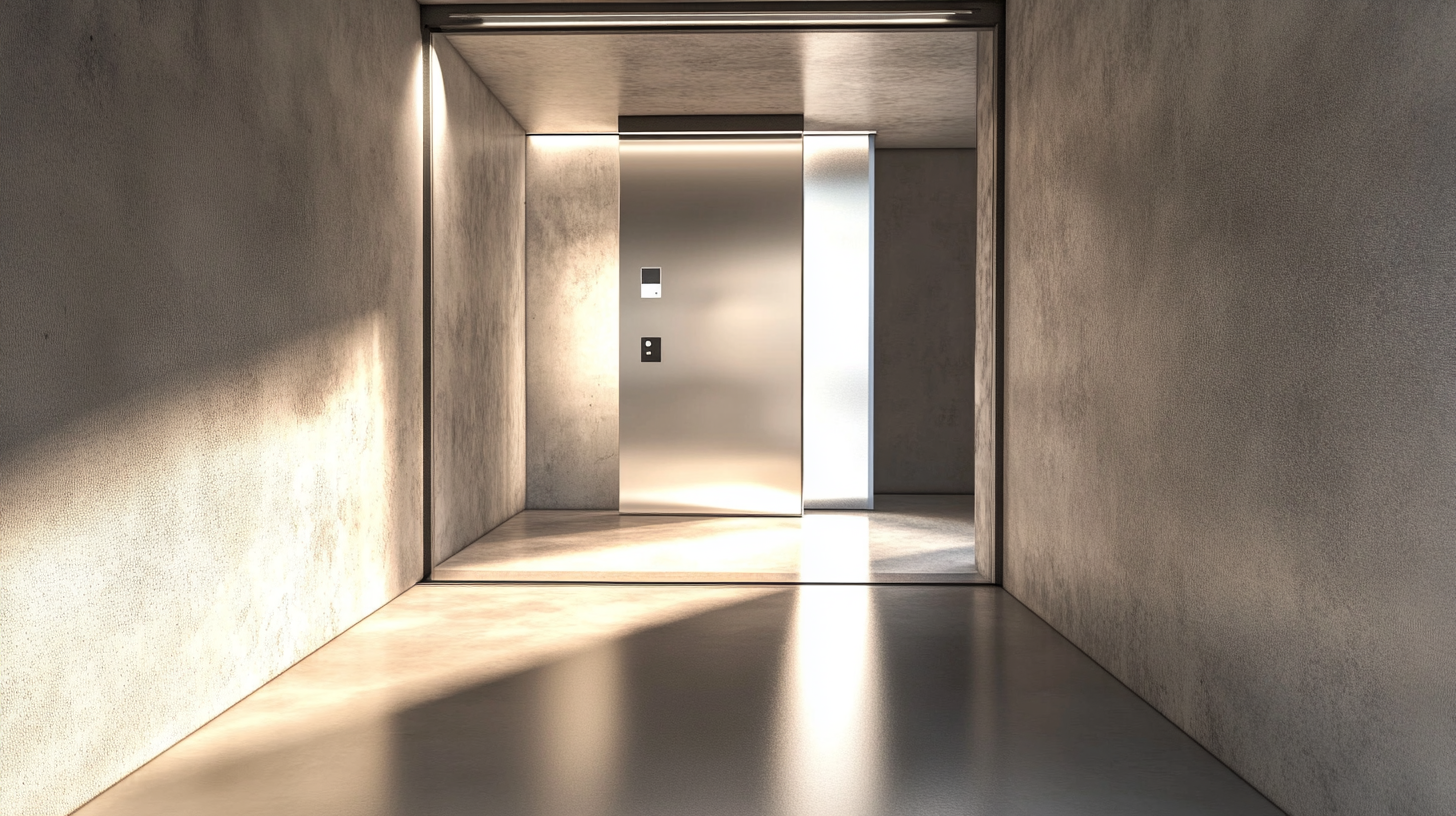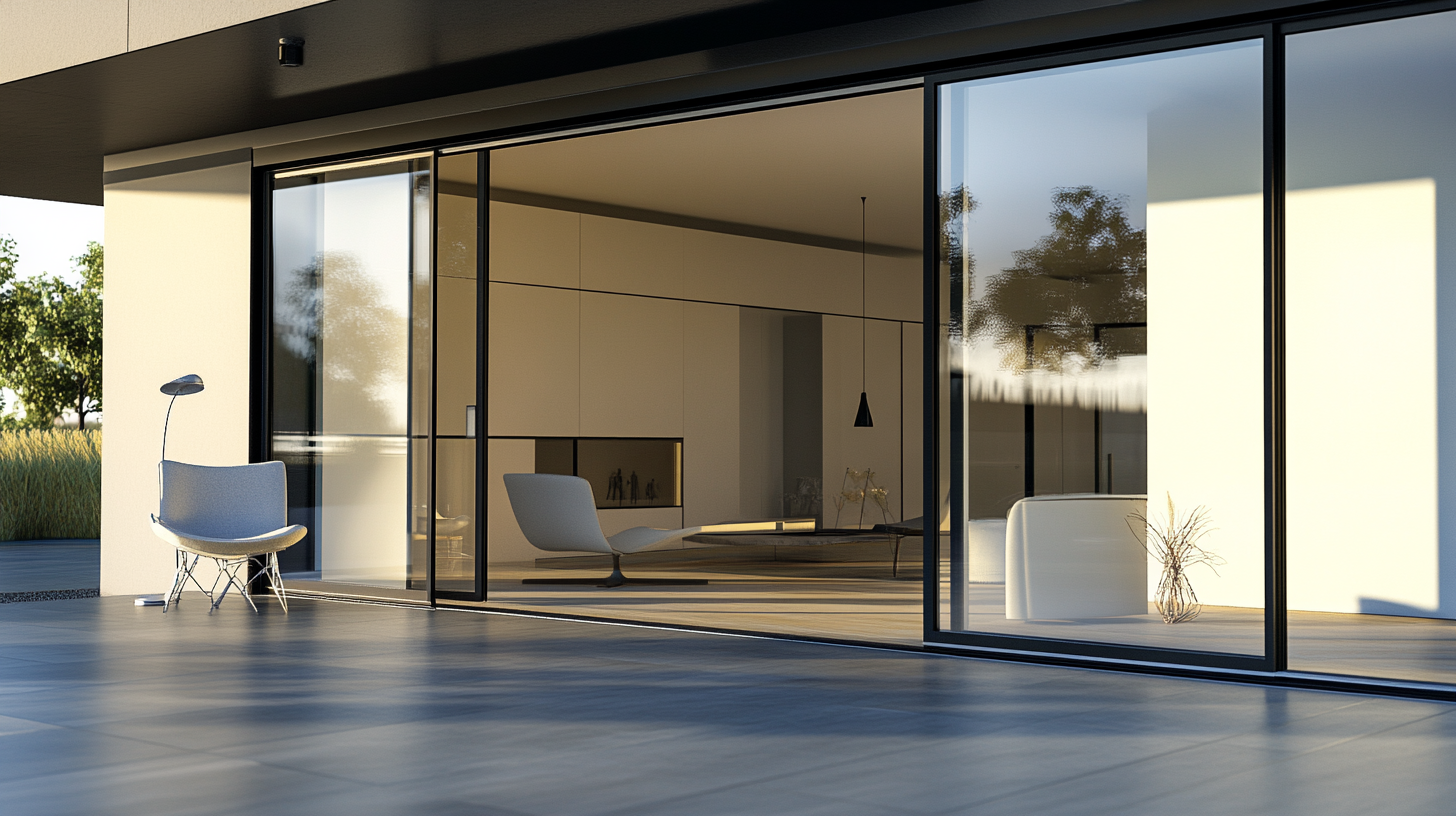Contact Us
STATEN ISLAND FIBERAMA
STATEN ISLAND FIBERAMA
As we look toward 2025, the innovations in sliding door technology promise to revolutionize both residential and commercial spaces, reflecting a growing trend toward smart design and efficiency. According to a recent report by the Freedonia Group, the sliding door market is projected to reach $11 billion by 2026, driven by advancements in automation and energy-efficient designs. With an increasing demand for seamless indoor-outdoor connectivity and enhanced functionality, manufacturers are embracing cutting-edge technologies such as smart sensors and automated opening mechanisms. This evolution is not merely about aesthetics but also functionality, as sliding doors are becoming integral to modern architecture and sustainable living. In this guide, we will delve into the most exciting innovations on the horizon, exploring how "精工细造,中国制造,服务世界" is being embodied in the global sliding door industry.

As we look ahead to 2025, the realm of sliding door design is set to undergo a significant transformation, blending cutting-edge technology with modern aesthetics. The latest trends emphasize not just functionality but also aesthetic appeal, making sliding doors an integral part of contemporary home design. Sleek, minimalist profiles with slim frames and expansive glass panels are gaining popularity, allowing natural light to flood interiors while creating a seamless connection with the outdoors. This clean design caters to the desire for open spaces and a sense of tranquility in modern living.
Smart technology is also revolutionizing sliding doors, enhancing both convenience and security. Home automation systems now enable sliding doors to be integrated with smart home networks, allowing homeowners to control access via mobile devices or voice commands. Features like remote locking mechanisms, motion sensors, and even climate control options are becoming standard, offering peace of mind and energy efficiency. As we embrace these innovations, the traditional sliding door is reimagined, promising to enhance the functionality and visual appeal of modern homes in the years to come.

The integration of smart technology into sliding door systems is transforming the way we interact with our living and workspaces. By 2025, industry experts predict that smart home technology will capture a staggering 65% of the overall market in home automation. This surge is largely driven by innovations in connectivity and user experience, with sliding doors at the forefront of this evolution. Smart sliding doors equipped with features such as automated locking systems, remote access via smartphones, and sensor-activated opening capabilities are becoming increasingly popular among homeowners and commercial property developers alike.
Recent data from the Smart Home Market Analysis indicates that the demand for smart door systems is expected to grow by 25% annually through 2025. This growth can be attributed to rising consumer awareness surrounding security and convenience, as well as the increasing incorporation of IoT devices in modern architecture. Sliding doors integrated with smart technology not only enhance aesthetic appeal but also foster energy efficiency by optimizing climate control—adjusting automatically to external environmental situations. This blend of functionality and modern design signifies a notable shift towards smarter home solutions, ensuring that sliding door innovations will play a critical role in shaping our spaces in the near future.

As we move towards 2025, the significance of sustainability in sliding door designs is becoming increasingly evident. Consumers and manufacturers alike are prioritizing eco-friendly materials that minimize environmental impact without sacrificing aesthetics or functionality. Innovative materials, such as recycled aluminum and sustainably sourced wood, are leading the charge. These options not only reduce waste but also ensure that products are crafted with a keen awareness of their lifecycle, contributing to a greener future.
In terms of manufacturing processes, advancements in technology have introduced energy-efficient methods that cut down on emissions and resource usage. For example, techniques like water-based adhesives and low-VOC finishes are gaining traction, allowing manufacturers to comply with stringent environmental regulations while producing high-quality sliding doors. Moreover, embracing modular designs not only streamlines production but also enhances the potential for creating bespoke solutions that cater to individual customer needs, further promoting sustainable practices in the industry. As we explore these innovations, it becomes clear that the future of sliding doors will be shaped by a commitment to sustainability, paving the way for smarter and more responsible designs.
The future of sliding door innovations in 2025 promises to transform how we interact with our living spaces, particularly through user-friendly features that enhance accessibility and security. As technology advances, we can expect sliding doors to integrate smart systems that cater to diverse needs. For instance, automatic opening mechanisms, which can be activated via smartphone apps or voice commands, will significantly benefit individuals with mobility challenges. These features can make entry and exit more seamless, promoting independence and comfort within the home.
In addition to accessibility, security remains a top priority in door design. Innovations such as biometric locks and multi-point locking systems will help safeguard our homes while ensuring ease of use. Homeowners will appreciate the peace of mind that comes with knowing their sliding doors not only offer aesthetic appeal but also robust protection against intruders. Enhanced sensors and alarms can further alert users to any unauthorized access, making these doors a crucial component of modern home security systems. With these advancements, a smart sliding door will not only serve as a passage but also as a guardian of our living spaces.
| Feature | Details | Benefits |
|---|---|---|
| Smart Locking System | Keyless entry with smartphone control | Enhanced security and convenience |
| Automated Opening/Closing | Motion sensors for automatic operation | User-friendly and accessible for all |
| Energy Efficient Glass | Low-E coated dual or triple glazing | Reduced energy costs and improved insulation |
| Integrated Lighting | LED lights embedded in the frame | Enhanced ambiance and safety |
| Voice Control Features | Compatible with smart home devices | Increased accessibility for users with mobility issues |
| Customizable Aesthetic Options | Variety of colors and finishes | Seamless integration with home decor |
As we look towards 2025, the landscape of sliding door technology is poised for significant advancements that address both aesthetic and practical challenges.
One of the main obstacles in the evolution of sliding doors is the need for enhanced security without compromising on design.
Innovative materials and smart locking mechanisms are emerging, integrating security features that can be controlled remotely via smartphone applications.
This fusion of functionality and style not only enhances safety but also appeals to increasingly tech-savvy consumers.
Additionally, energy efficiency remains a pressing concern in the design of sliding doors. The future will likely see a surge in the use of advanced glass technologies and sustainable materials that provide superior insulation and reduce energy consumption.
These innovations will enable homeowners to maintain comfortable indoor environments while minimizing environmental impact.
The incorporation of smart sensors can also optimize operability, allowing doors to automatically adjust based on weather conditions, further enhancing their efficiency and usability.
As we navigate these challenges, the central theme of innovation will remain integral in redefining the sliding door experience for future users.
© 2025 Fiberama All Rights Reserved.
